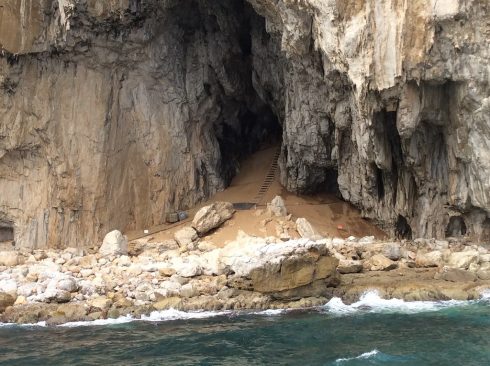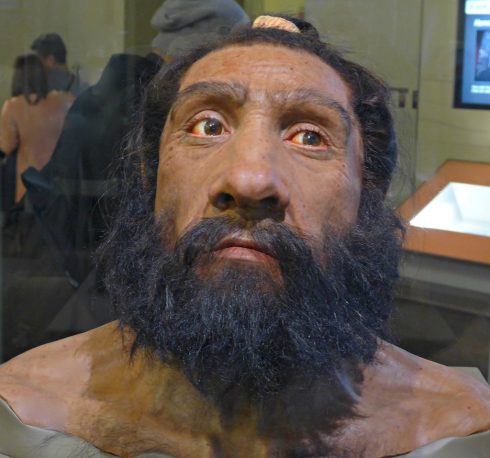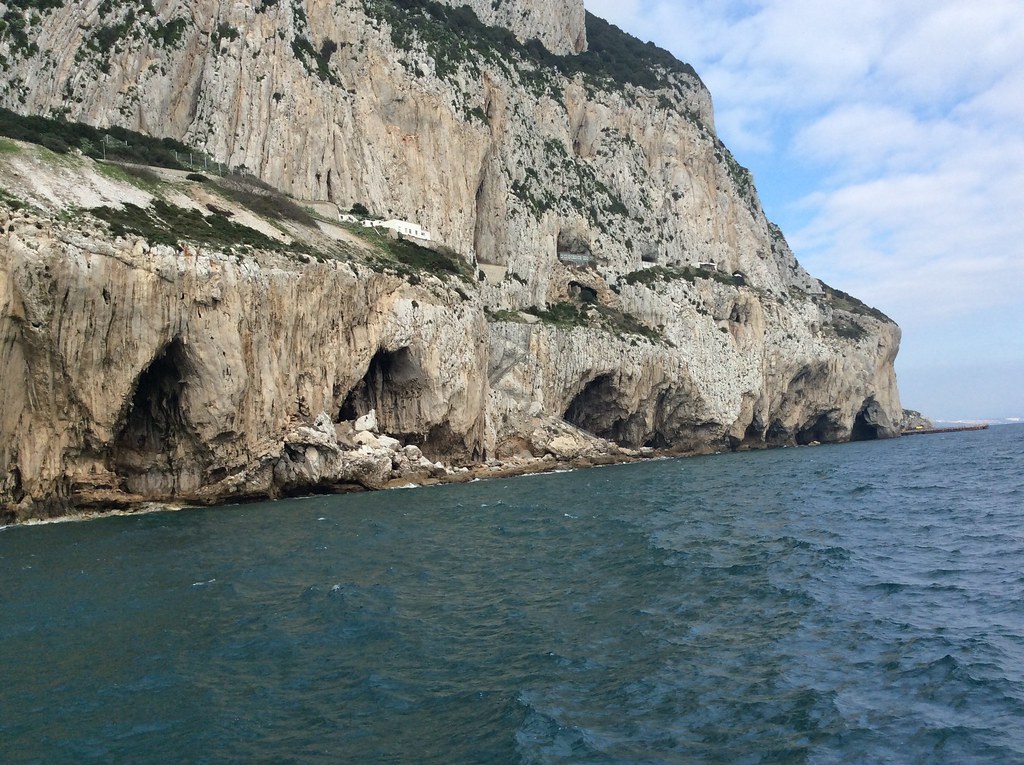GIBRALTAR National Museum researchers have discovered a secret chamber that is thought to have been sealed for at least 40,000 years.
The team, led by Museum Director and Chief Scientist Clive Finlayson, discovered the chamber above Gibraltar’s Vanguard Cave, part of the Godham cave complex, which is one of the last known dwellings of Neanderthals in Europe.
The discovery could provide researchers with fresh insight into the Neanderthal way of life tens-of-thousands of years ago.
Neanderthals are believed to have resided in the cave complex between 55,000 to 28,000 years ago, and the caves are found on the southeast face of the Rock of Gibraltar.

The newly discovered chamber is being excavated and is currently around 13 metres in length.
Commenting on the discovery, Gibraltar Minister John Cortes said: “these are exciting finds that open a new chapter of our rich history. Knowing Vanguard cave well, I often wondered what might lie behind the sands. Now we are beginning to get a first glimpse
“The work in this chamber will now continue with the prospect of exciting finds that have remained sealed for over 40 thousand years”.
Clive Finlayson, who heads the Gibraltar National Museum, told CBC Radio’s As It Happens host Carol Off: “These caves have this habit of almost making you feel the presence of the people who were there before you … it’s very humbling because you feel very small in this sort of vastness of time … you literally have to crawl in. But once you’re inside, you can actually stand up just about … six feet tall”.
Finlayson explained that in the cave complex he had seen the remains of an ancient hyena, a vulture and lynx. But he was most surprised to discover a marine shell, a large whelk, around 20 metres above present day sea level.
He explained: “At the time of the Neanderthals, the sea was even further away, so somebody took that shell up there”. This could suggest human activity. The whelk is currently being examined by researchers.
Archaeologists have also discovered evidence of Neanderthal activity, and have found stone tools, campfires and other evidence of their presence in the cave. The hope is that the newly discovered chamber will shed fresh light on Neanderthal culture and way of life.
Finlayson has also discovered the remains of golden eagles which had been caught for food; it had previously been believed Neanderthals were unable to catch the birds.
Other remains of marine life were discovered such as dolphins and seals, found with cut marks on their bones. This could suggest the Neanderthals were able to enter the ocean.
He added: “It’s changing the whole perspective of the Neanderthal as this sort of inferior, brutish ape-like creature and showing that there were very much humans in every respect”.

In July 2016 the Gorham’s Cave Complex became a world heritage site, the UK’s 30th. UNESCO has officially determined the site as “an exceptional testimony to the occupation, cultural traditions and material culture of Neanderthal and Early Modern Human populations through a period spanning more than 120,000 years”.
The 28-hectare complex is situated above sea level, and contains several caves such as the Vanguard where the new chamber has been discovered.
Gorhams’ cave offers unique and internationally significant insight into complex Neanderthal social behaviour, and unique rock engravings.
While no one knows the exact reasons Neanderthals became extinct, and why humans thrived, it is believed that gradual or dramatic climate change led them to their demise. Other theories blame dietary deficiencies, or theorize that humans wiped them out.
READ MORE:
- NEANDERTHALS WERE WORLD’S FIRST ARTISTS, CONCLUDES STUDY OF PREHISTORIC CAVE PAINTINGS IN SOUTHERN SPAIN
- PIGMENTS OF THE IMAGINATION: WHY YOU SHOULD BE SEEKING OUT CAVES IN SOUTHERN SPAIN THIS SUMMER
Click here to read more Gibraltar News from The Olive Press.








